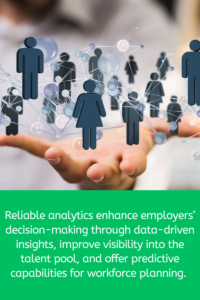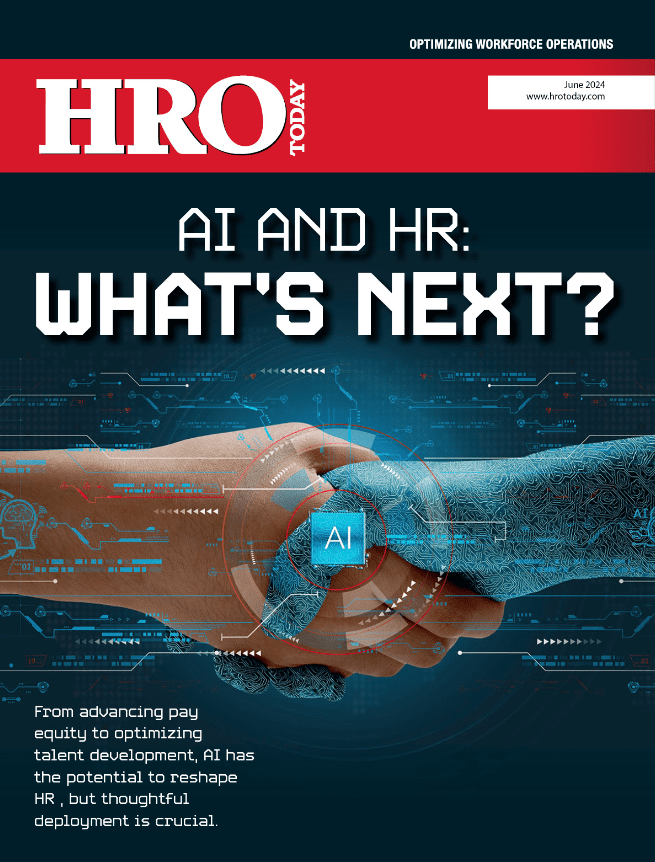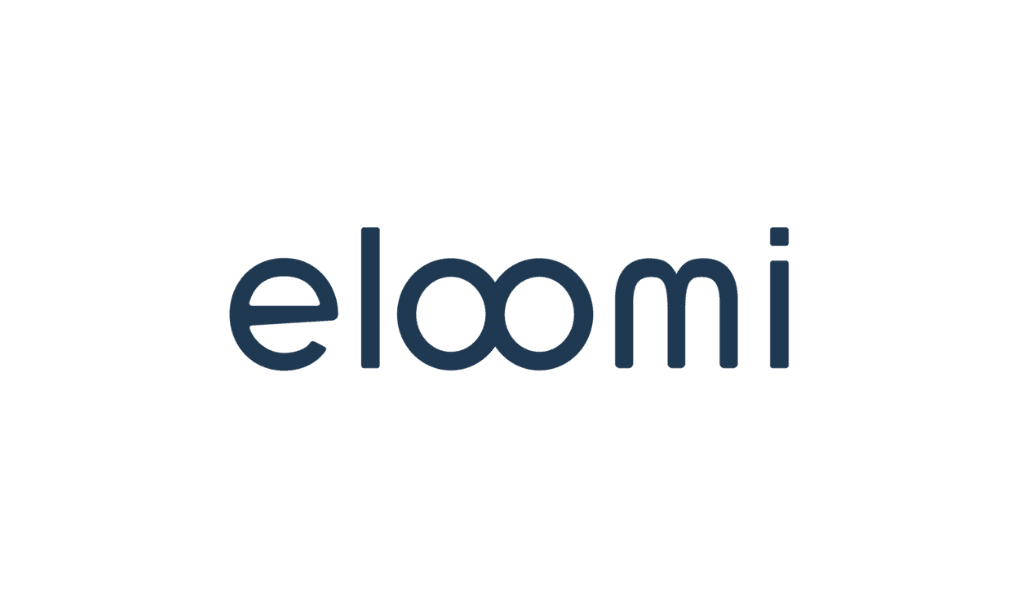AI-driven talent platforms enable HR and TA leaders to efficiently and effectively scale their workforces for success.
By Maggie Mancini
Today’s AI-driven technology can take talent management platforms to the next level by enhancing decision-making through data-driven insights, improving visibility into talent pools, and offering predictive capabilities for workforce planning. And now more than ever, do HR and TA leaders need a competitive advantage to hit their goals. In fact, recent research from The Conference Board finds that attracting and retaining workers is the number four concern of global CHROs for the year. The right technology can be a game-changer.
“An effective talent management platform enables HR leaders to identify trends, measure the effectiveness of their HR initiatives, and forecast talent requirements, all of which leads to more strategic talent management,” explains Tim Pröhm, vice president of digital transformation at KellyOCG.
What should HR leaders look for as technology grows more efficient by the minute? Pröhm says integration capabilities, user-friendly interfaces, and robust data security are key factors when vetting technology. The talent platform should also be scalable and adaptable to evolving business needs and technological advancements. Since many organizations have different talent platforms for their internal and external workforces, HR leaders should look for solutions that bridge the gaps to enable holistic talent management.
“It should enable seamless collaboration, provide actionable insights through advanced analytics, and facilitate personalized employee experiences,” he notes. “Analytics should provide total visibility into both your internal and external workforce, including contingent workers, independent contractors, and talent hired through suppliers and outsourcing partners.”
By adopting a holistic, total talent management approach, Pröhm says that organizations can gain visibility into all their talent needs. Often, he says, each talent population is managed by its own siloed technology, whether that’s an applicant tracking system, CRM, VMS, or service procurement tool.
Understanding both the supply of talent from across multiple channels as well as the demand for talent and the skills an organization needs allows HR leaders to optimize the utilization of all talent. Having a tech platform, like Kelly Helix, enables HR leaders to have access to data from multiple external sources, internal insights, and market trends. This overarching approach provides a holistic story with actionable insights to make informed decisions about how to manage the workforce.
For example, Pröhm worked with an organization that was consistently in need of niche talent to support its IT department. They wanted to leverage more gig workers to supplement their existing outsourcing partners and drive savings without compromising quality. KellyOCG’s human cloud aggregator solution helped the company’s hiring managers find the right gig workers across multiple human cloud providers. By providing a compliant channel to acquire their niche talent, the company decreased its cycle times for onboarding talent and increased cost savings to the bottom line.
Upgrading Upskilling
In today’s tight talent market, focusing on skills development can help improve organizational performance while supporting employees as they progress in their careers. When implementing a talent management platform, a skills gap analysis can help identify emerging skills requirements to enable proactive, targeted upskilling of existing employees while tackling recruitment for hard-to-fill roles, improving hiring outlooks, Pröhm says.
For example, one organization leveraged predictive analytics to aggregate the types of roles and skills it was hiring across all external talent channels, which enabled them to identify opportunities to upskill their full-time equivalent population and reduce their dependency on expensive external consultants.
“Aggregating and interpreting disparate talent data from multiple sources can be extremely difficult,” Pröhm explains. “However, with the right talent aggregation and business intelligence tools, organizations can drive significant value from optimizing how they get work done through both internal and external talent.”
AI in Action
As companies across the globe grapple with how to effectively integrate artificial intelligence and other types of machine learning into their operational models, AI is proving to elevate the overall efficiency and effectiveness of talent management platforms. Pröhm explains that these technologies, like Kelly Helix, can automate routine tasks, offer more personalized learning recommendations, and refine talent acquisition processes.
“We can customize the tool for every customer, but the takeaway is that it allows our clients to identify skill gaps and overlaps and optimize their workforce composition,” Pröhm says. “This ensures they have a balanced talent mix, aligned with their strategic goals and adaptable to market dynamics.”















